How to be an Earth Day recycling hero with TerraCycle
Subaru, a sponsor of "GMA," is partnering with TerraCycle to turn the recyclables we use every day -- like coffee cups or wrappers -- into useful items that can be donated to your community.
 Exterior of TerraCycle’s office. (TERRACYCLE)
For nearly two decades, Trenton-based TerraCycle has built its business on waste. The company, which posted about $32 million in sales during 2018, started in 2001 as small provider of fertilizer made from worm droppings. Then it gradually expanded to become “a world leader in the collection and recycling of waste streams that are traditionally considered not recycled,” like toothbrushes and other oral care products, according to a regulatory filing TerraCycle submitted to the Securities and Exchange Commission in connection with its $25 million Regulation A stock offering last year.
Exterior of TerraCycle’s office. (TERRACYCLE)
For nearly two decades, Trenton-based TerraCycle has built its business on waste. The company, which posted about $32 million in sales during 2018, started in 2001 as small provider of fertilizer made from worm droppings. Then it gradually expanded to become “a world leader in the collection and recycling of waste streams that are traditionally considered not recycled,” like toothbrushes and other oral care products, according to a regulatory filing TerraCycle submitted to the Securities and Exchange Commission in connection with its $25 million Regulation A stock offering last year.
 Courtyard at TerraCycle’s office. (TERRACYCLE)
For founder and CEO Tom Szaky, 37, the journey hasn’t just been about reinventing the company. Instead, he said, “Our mission has always been to eliminate waste. We started by making products out of waste, so the product was the hero. Then we realized that if our product was the hero, we would always be chasing after the easiest waste streams. So we made output the hero, and underwent a fundamental shift to a service focus.”
Under this incarnation, TerraCycle rolled out turnkey platforms, called Brand Sponsored Collection Programs, which are designed and administered for manufacturers that want to recycle their products or packaging. “For example, Colgate contracted with us to set up a national recycling program to collect and recycle its oral care products and packaging,” according to the SEC filing.
Courtyard at TerraCycle’s office. (TERRACYCLE)
For founder and CEO Tom Szaky, 37, the journey hasn’t just been about reinventing the company. Instead, he said, “Our mission has always been to eliminate waste. We started by making products out of waste, so the product was the hero. Then we realized that if our product was the hero, we would always be chasing after the easiest waste streams. So we made output the hero, and underwent a fundamental shift to a service focus.”
Under this incarnation, TerraCycle rolled out turnkey platforms, called Brand Sponsored Collection Programs, which are designed and administered for manufacturers that want to recycle their products or packaging. “For example, Colgate contracted with us to set up a national recycling program to collect and recycle its oral care products and packaging,” according to the SEC filing.
 TerraCycle founder and CEO Tom Szaky. (TERRACYCLE)
TerraCycle founder and CEO Tom Szaky dropped out of Princeton University to launch his company, and then kept reinventing it. NJBIZ asked Szaky what gave him the guts to keep betting everything over and over.
I think part of it was my upbringing. I was born in Hungary when it was still under Communist rule and everyone was poor. We moved to Western Europe, then to Canada, then to the U.S. — the heartland of capitalism.
That kind of exposure to different systems gives a person a sort of flexibility in their mindset. That’s reflected in our business model: We’re not flexible when it comes to eliminat-ing waste, but we are doing it in a profit-making model. I guess you could call it a blend of approaches.
His flexible attitude extends to the company’s decision to keep its headquarters in Trenton.
Trenton is a great location for our business because it’s right in the Philadelphia-New York City corridor, which has a lot of great people. Plus it’s close to global transportation, and a lot of major corporations are in area. And space is very affordable here, and people celebrate the company for being here.
The icing on the cake is that we’re also able to give back to the community. We’re helping to rejuvenate Trenton by creating jobs for local people and by paying taxes.
TerraCycle founder and CEO Tom Szaky. (TERRACYCLE)
TerraCycle founder and CEO Tom Szaky dropped out of Princeton University to launch his company, and then kept reinventing it. NJBIZ asked Szaky what gave him the guts to keep betting everything over and over.
I think part of it was my upbringing. I was born in Hungary when it was still under Communist rule and everyone was poor. We moved to Western Europe, then to Canada, then to the U.S. — the heartland of capitalism.
That kind of exposure to different systems gives a person a sort of flexibility in their mindset. That’s reflected in our business model: We’re not flexible when it comes to eliminat-ing waste, but we are doing it in a profit-making model. I guess you could call it a blend of approaches.
His flexible attitude extends to the company’s decision to keep its headquarters in Trenton.
Trenton is a great location for our business because it’s right in the Philadelphia-New York City corridor, which has a lot of great people. Plus it’s close to global transportation, and a lot of major corporations are in area. And space is very affordable here, and people celebrate the company for being here.
The icing on the cake is that we’re also able to give back to the community. We’re helping to rejuvenate Trenton by creating jobs for local people and by paying taxes.
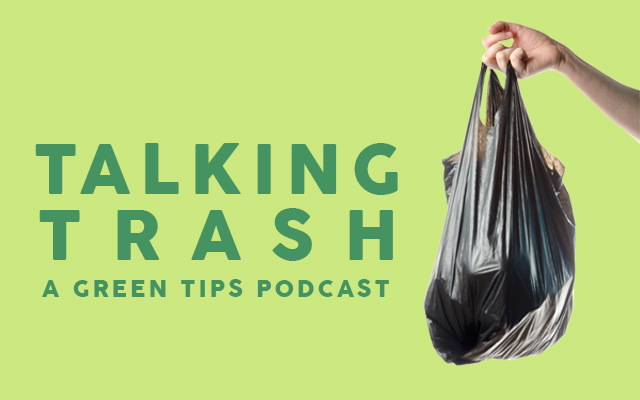 Episode 13 features Tom Szaky, CEO and founder of TerraCycle, the company that’s about to launch Loop. Loop is a zero-waste delivery system for food and other household items and starts in New York next month.
Episode 13 features Tom Szaky, CEO and founder of TerraCycle, the company that’s about to launch Loop. Loop is a zero-waste delivery system for food and other household items and starts in New York next month.
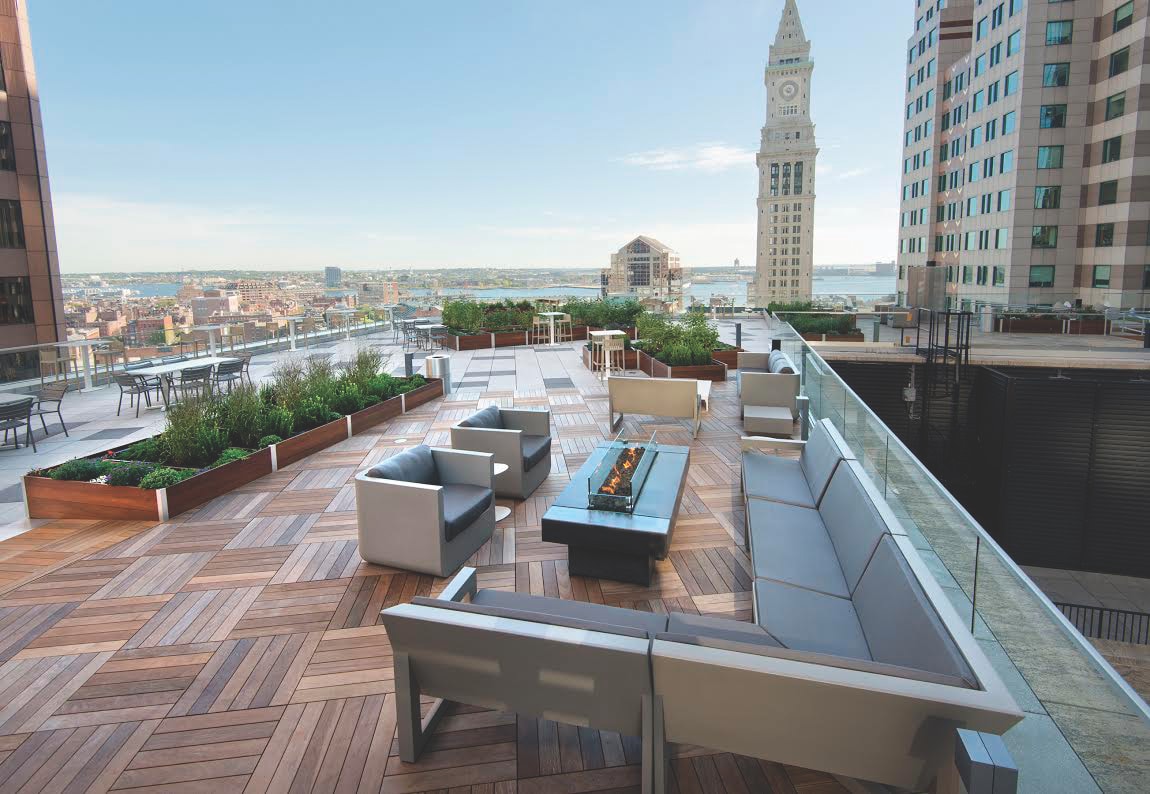
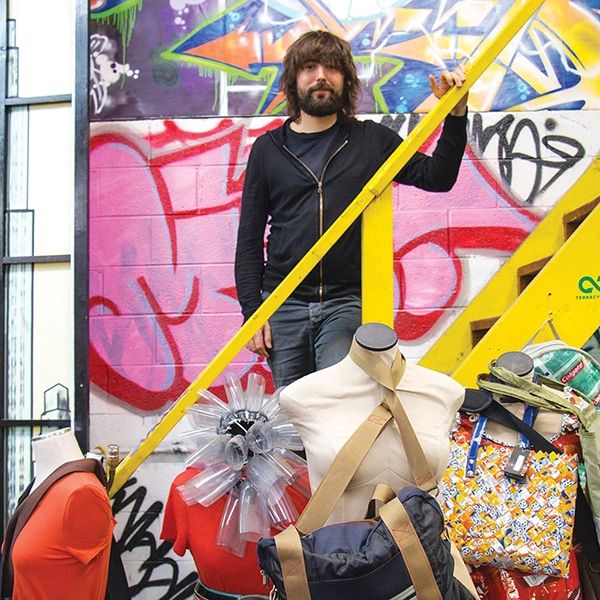
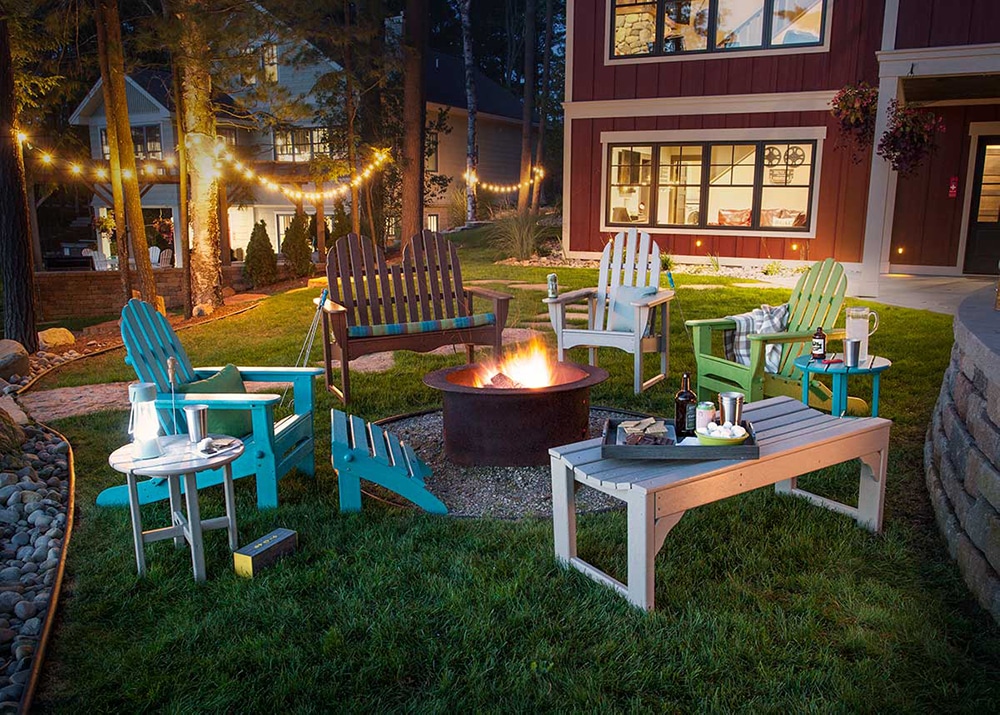
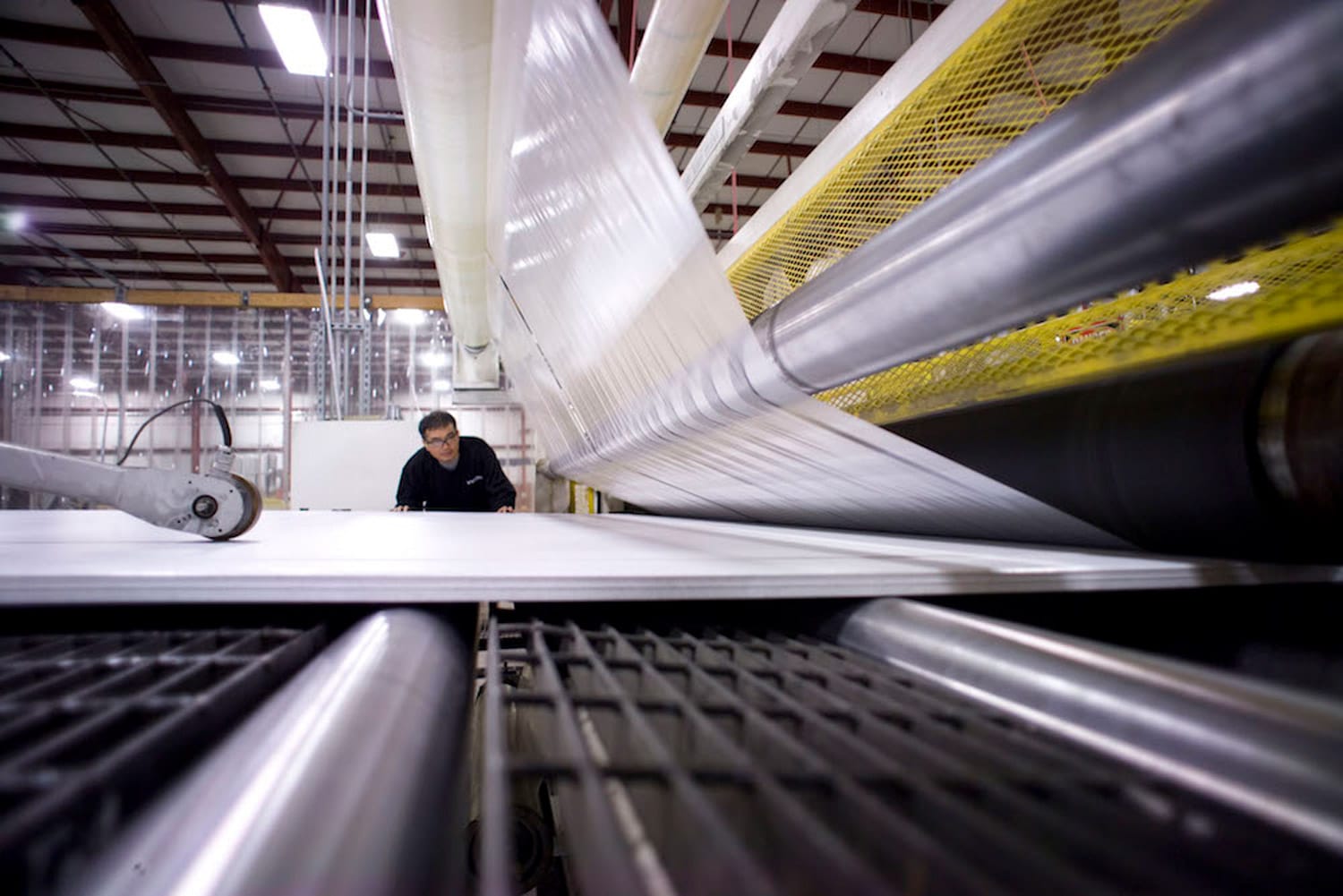
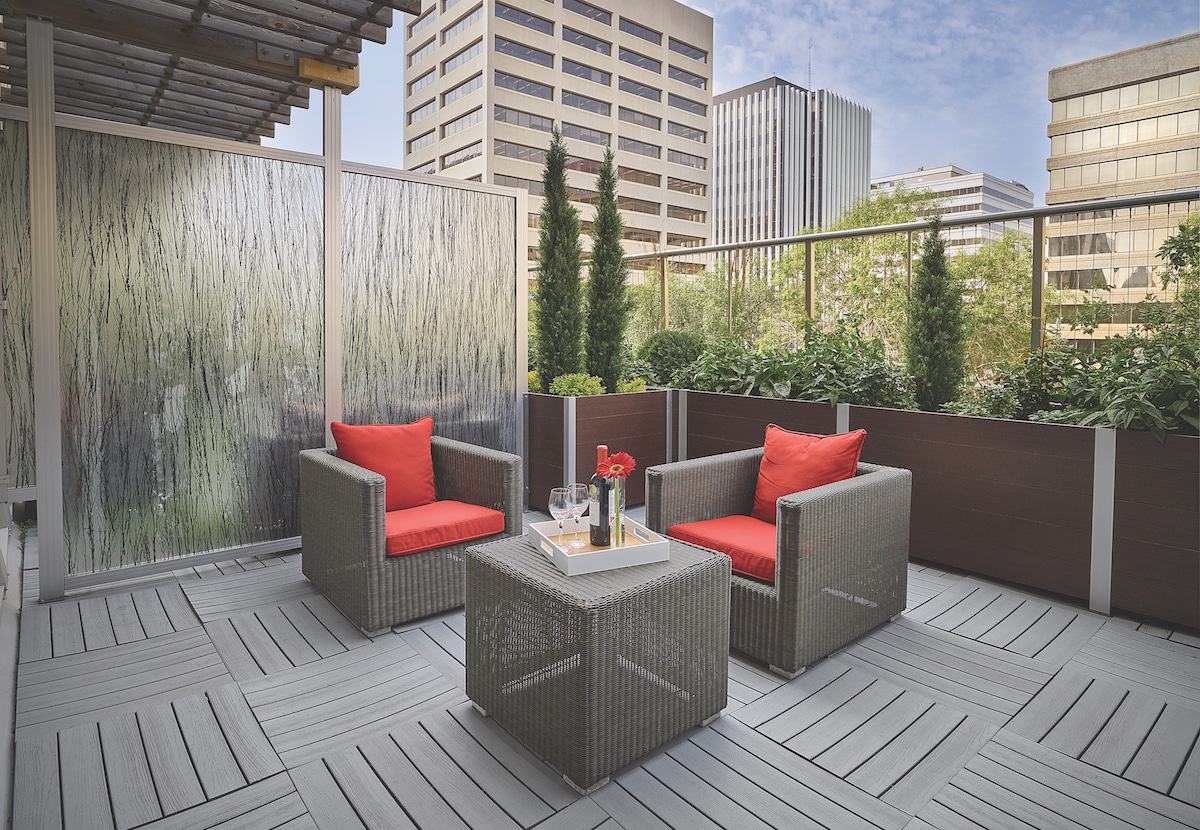
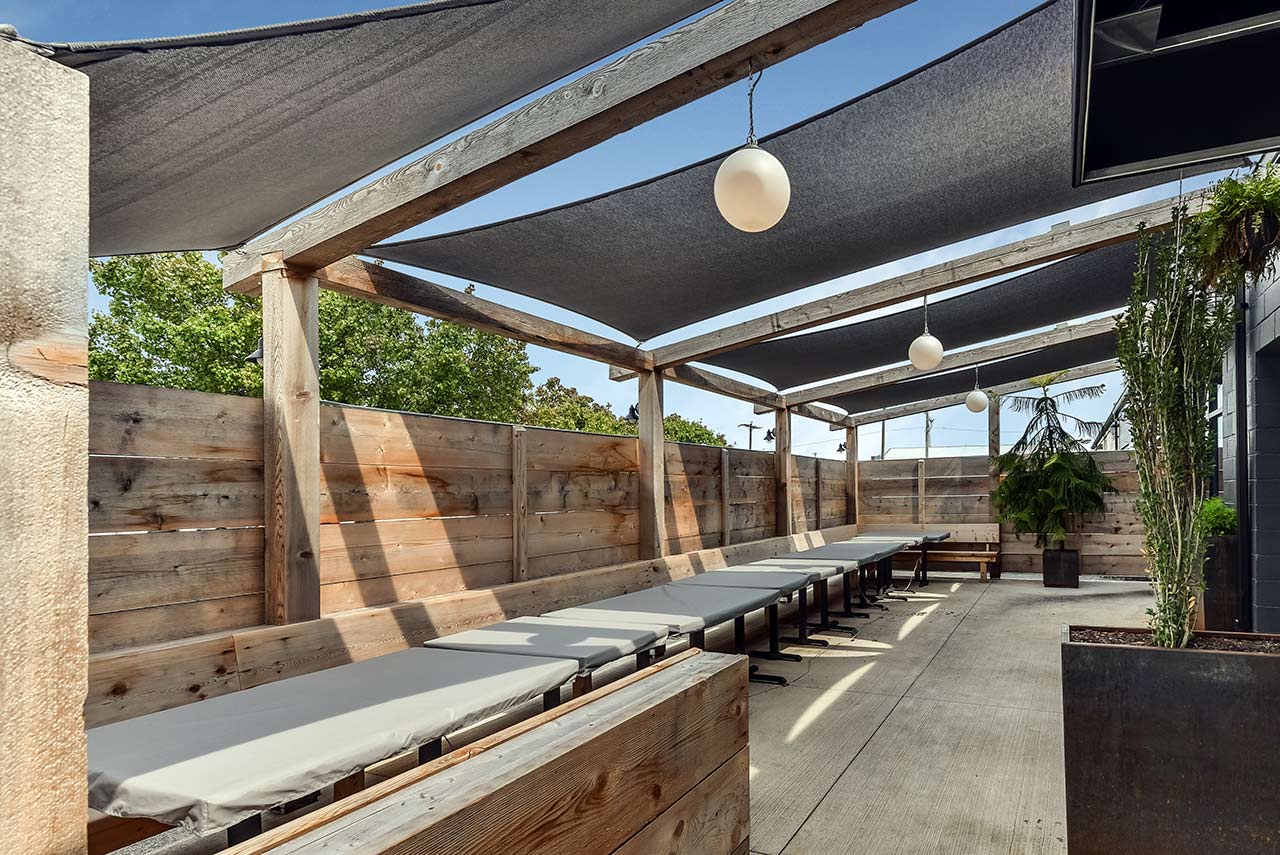
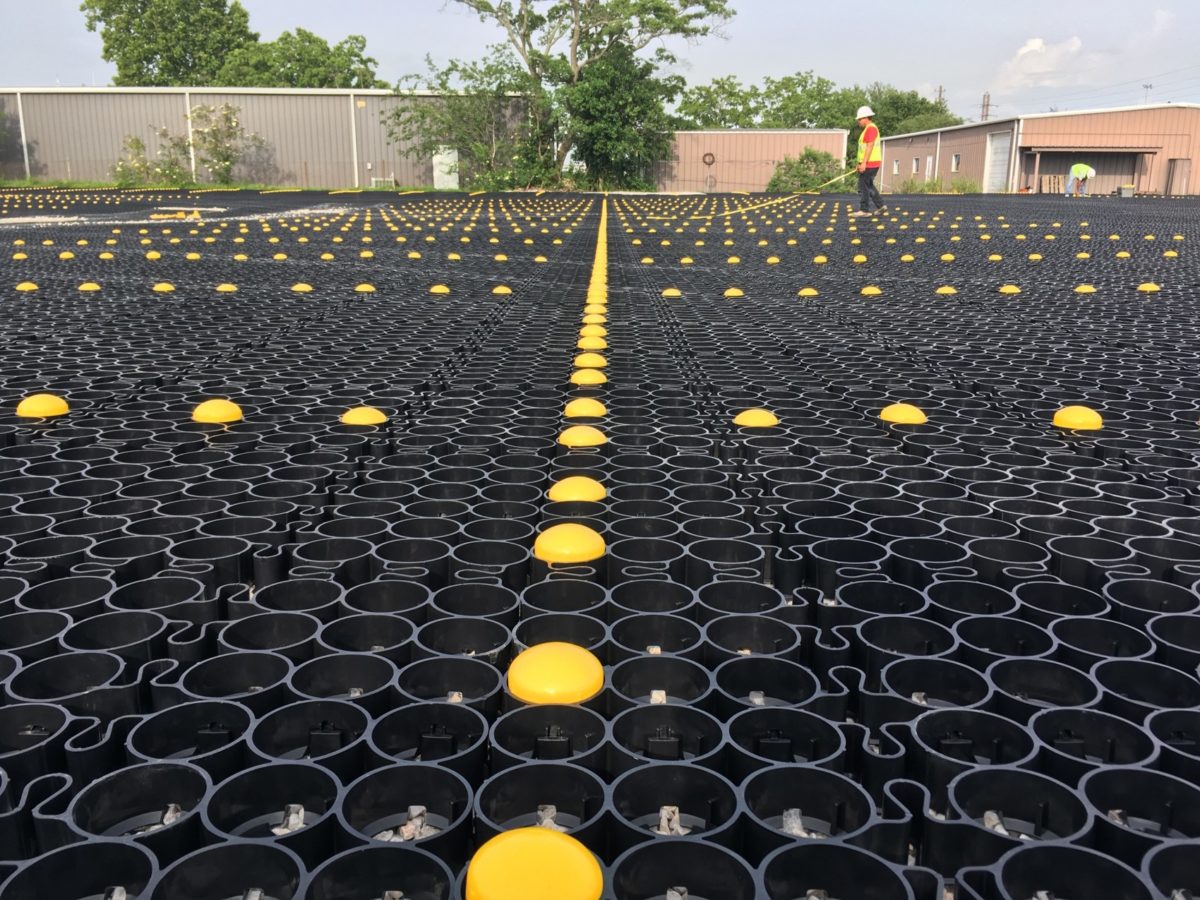
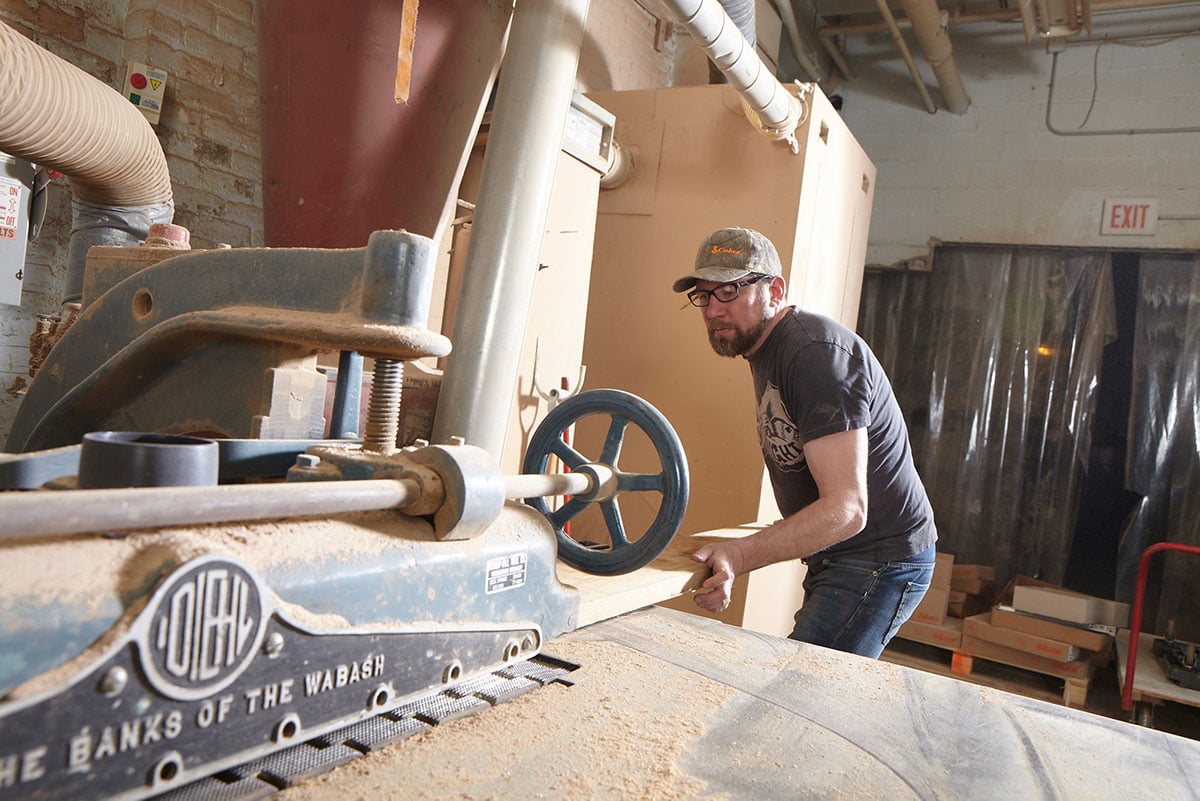
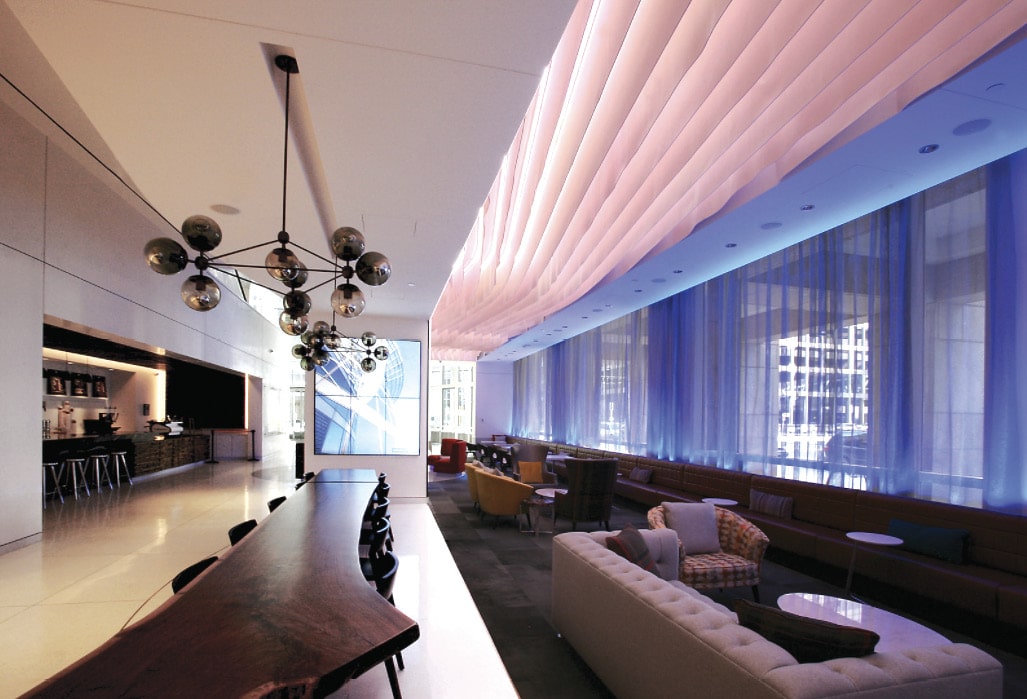


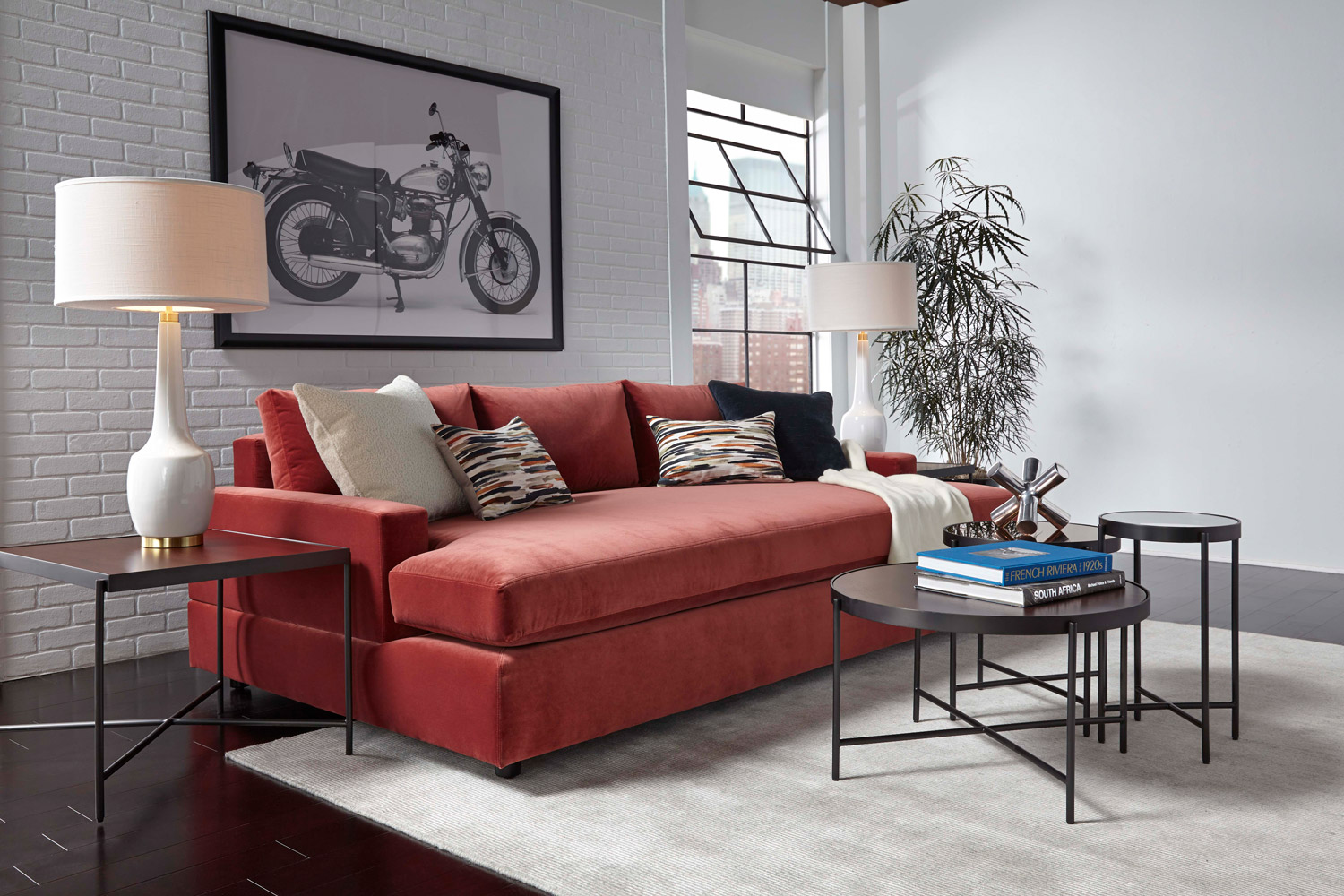
 Figure 1 (above) shows the case where Product V is recycled after being supplied at Time 1. Perhaps the ideal case of reuse is my grandmother’s cast iron frying pan, which already has lasted two generations and could endure for five more. For that skillet, the "recycling" process would be a thorough cleaning and the manufacturing process could be skipped.
Figure 1 (above) shows the case where Product V is recycled after being supplied at Time 1. Perhaps the ideal case of reuse is my grandmother’s cast iron frying pan, which already has lasted two generations and could endure for five more. For that skillet, the "recycling" process would be a thorough cleaning and the manufacturing process could be skipped.
 Figure 2 (above) shows what happens if Product V supplied at Time 1 is landfilled instead of being recycled. It is clear that there is both a landfill step and a need to obtain virgin material to create the product to be supplied at time 2.
Requiring both products to be included in a single model eliminates the need to split the impacts between them, and clearly shows the change in system-wide impacts. At the same time, it requires a manufacturer to understand the impacts of its products beyond placement in the recycle bin. Is the product really recycled? What is Product R? Is Product R really equivalent to the Product V it replaces?
The goal of circular economy concepts is to help us make the world a better place. Fulfilling that aspiration will require assessment methods that can distinguish good circular economy ideas from bad ones — to answer, for example, the question of whether recycling a particular product in a particular way is actually beneficial.
LCA is a potentially good tool for that but, to date, it has been providing mixed messages. By including both the initial product and the product made from recycled material in our functional unit, we can bring the process into better alignment with circular economy thinking and gain a clearer picture of what’s really happening.
We’re not quite finished with all of this work and thinking. So if you have ideas or a project you want us to work on, please contact us.
Figure 2 (above) shows what happens if Product V supplied at Time 1 is landfilled instead of being recycled. It is clear that there is both a landfill step and a need to obtain virgin material to create the product to be supplied at time 2.
Requiring both products to be included in a single model eliminates the need to split the impacts between them, and clearly shows the change in system-wide impacts. At the same time, it requires a manufacturer to understand the impacts of its products beyond placement in the recycle bin. Is the product really recycled? What is Product R? Is Product R really equivalent to the Product V it replaces?
The goal of circular economy concepts is to help us make the world a better place. Fulfilling that aspiration will require assessment methods that can distinguish good circular economy ideas from bad ones — to answer, for example, the question of whether recycling a particular product in a particular way is actually beneficial.
LCA is a potentially good tool for that but, to date, it has been providing mixed messages. By including both the initial product and the product made from recycled material in our functional unit, we can bring the process into better alignment with circular economy thinking and gain a clearer picture of what’s really happening.
We’re not quite finished with all of this work and thinking. So if you have ideas or a project you want us to work on, please contact us.

Take a look at your pantry or maybe the cupboard where you keep the cleaning supplies. Chances are, most of the household products you buy are packaged in plastic. About one-third of the world's plastic winds up in the ocean, according to the World Economic Forum--that amounts to a garbage truck's worth of plastic dumped into the sea every minute. Meanwhile, only 14 percent of it is collected to be recycled.

 At the World Economic Forum in Davos about a month ago, we launched Loop, which is our third business unit. It’s entirely focused on how we solve waste at the root cause, which comes down to rethinking disposable items.
Could you elaborate on how Loop works?
Loop is really an engine for brands and retailers. For brands, Loop enables them to develop durable versions of their products, like making Tropicana bottles in extremely durable glass instead of cartons.
There’s an ecosystem of products that most of the world’s biggest producers are involved in, from Unilever to P&G and many others, so that consumers can access the materials.
As a consumer, you would be able to go into your favorite store, see your favorite products, but instead of in disposable packaging, it’s in this beautiful, premium, reusable package. And instead of having to clean it yourself, to wash it out and refill it, we do that for customers. At Loop, we enable the benefits of disposability without the negatives.
At the World Economic Forum in Davos about a month ago, we launched Loop, which is our third business unit. It’s entirely focused on how we solve waste at the root cause, which comes down to rethinking disposable items.
Could you elaborate on how Loop works?
Loop is really an engine for brands and retailers. For brands, Loop enables them to develop durable versions of their products, like making Tropicana bottles in extremely durable glass instead of cartons.
There’s an ecosystem of products that most of the world’s biggest producers are involved in, from Unilever to P&G and many others, so that consumers can access the materials.
As a consumer, you would be able to go into your favorite store, see your favorite products, but instead of in disposable packaging, it’s in this beautiful, premium, reusable package. And instead of having to clean it yourself, to wash it out and refill it, we do that for customers. At Loop, we enable the benefits of disposability without the negatives.
 How did you approach designing a process that would fit into consumers’ lives and integrate recycling into them seamlessly?
The first question we asked when we came up with the idea for Loop was, “Why does garbage exist?” We landed on, “Well, disposability.” But you can’t just vilify disposability. We wanted to think about, “Why are people, even today, just absolutely in love with the concept of disposability?”
The answer is that it brings unparalleled convenience and affordability. To solve the problem, we have to look at the positives, at what the value of it is for consumers, as problematic as it is. The thesis for Loop was, “How do we solve for the negatives of disposability while maintaining its positives?”
We realized it came down to ownership. One of the strange things about the products we buy, anything from our coffee cup to our shampoo, is that we really want the content, but we end up owning the package at the end. I’d argue, none of us really wants to own the package. If the manufacturer could own the package forever, they would be motivated to make it long lasting and durable. Suddenly, everything clicks.
How did you approach shifting that ownership from consumers to the retailers?
It started with the producers of the products. It begins with the visible part, the package design, and making it into something durable. There are two ways to make something physically durable: One is to make it out of strong materials, but the other is to allow it to age. Actually allowing something to age dramatically increases the total number of times it can go around, which is a different concept in a world where everything is always brand spanking new.
Then, it needs to be cleanable, strong enough to endure being cleaned many times, and needs to be refillable. Those elements are the first major hurdle.
The second is integrating it for retailers. The key learning here is that retailers are very limited on resources these days, so they can’t do a lot of development. The want to enable a packaging-free aisle, if you will, a popular idea right now. At Loop, the goal is to enable this while forcing them to change as little as possible in their ecosystem.
The benefit of working with existing brands and existing retailers is they don’t have to convince consumers to buy their products—they’re already being sold effectively at a location where consumers already shop. The difference is just offering the option to have it in disposable and durable packaging.
The last piece is sustainability.We very quickly learned that durability brings about not just reuse, but also an amazing increase in luxury—in design based on the materials required. What happens is, then we can appeal not just to those concerned about the environment, but also to those who just want a better-looking product.
Did retailers and the partners you work with understand the benefit right away? Did Loop have to convince them?
Our very first partner was Procter & Gamble. We’ve been working with them through TerraCycle for many years. It did take a phenomenal amount of discussion, convincing and meetings because it’s a risk, on their time as well as money.
The second one was NestlÈ, and then Pepsi, Mars and Unilever, and things became progressively easier. Once those were established, it was a whirlwind. Almost every week a new partner is joining.
How did you approach designing a process that would fit into consumers’ lives and integrate recycling into them seamlessly?
The first question we asked when we came up with the idea for Loop was, “Why does garbage exist?” We landed on, “Well, disposability.” But you can’t just vilify disposability. We wanted to think about, “Why are people, even today, just absolutely in love with the concept of disposability?”
The answer is that it brings unparalleled convenience and affordability. To solve the problem, we have to look at the positives, at what the value of it is for consumers, as problematic as it is. The thesis for Loop was, “How do we solve for the negatives of disposability while maintaining its positives?”
We realized it came down to ownership. One of the strange things about the products we buy, anything from our coffee cup to our shampoo, is that we really want the content, but we end up owning the package at the end. I’d argue, none of us really wants to own the package. If the manufacturer could own the package forever, they would be motivated to make it long lasting and durable. Suddenly, everything clicks.
How did you approach shifting that ownership from consumers to the retailers?
It started with the producers of the products. It begins with the visible part, the package design, and making it into something durable. There are two ways to make something physically durable: One is to make it out of strong materials, but the other is to allow it to age. Actually allowing something to age dramatically increases the total number of times it can go around, which is a different concept in a world where everything is always brand spanking new.
Then, it needs to be cleanable, strong enough to endure being cleaned many times, and needs to be refillable. Those elements are the first major hurdle.
The second is integrating it for retailers. The key learning here is that retailers are very limited on resources these days, so they can’t do a lot of development. The want to enable a packaging-free aisle, if you will, a popular idea right now. At Loop, the goal is to enable this while forcing them to change as little as possible in their ecosystem.
The benefit of working with existing brands and existing retailers is they don’t have to convince consumers to buy their products—they’re already being sold effectively at a location where consumers already shop. The difference is just offering the option to have it in disposable and durable packaging.
The last piece is sustainability.We very quickly learned that durability brings about not just reuse, but also an amazing increase in luxury—in design based on the materials required. What happens is, then we can appeal not just to those concerned about the environment, but also to those who just want a better-looking product.
Did retailers and the partners you work with understand the benefit right away? Did Loop have to convince them?
Our very first partner was Procter & Gamble. We’ve been working with them through TerraCycle for many years. It did take a phenomenal amount of discussion, convincing and meetings because it’s a risk, on their time as well as money.
The second one was NestlÈ, and then Pepsi, Mars and Unilever, and things became progressively easier. Once those were established, it was a whirlwind. Almost every week a new partner is joining.
 You mentioned the side benefit of durable packaging is that it can create a better overall product experience. Could you expand on this? Did this appeal to retailers?
With Loop, one of the things we focus on is helping retailers make distinguished packaging. The benefit to them is that it’s still the same product from the same brand, but with upgraded packaging.
How have consumers reacted to the concept?
The response has been overwhelmingly positive. It’s phenomenal how many people have signed up for it. One of the things consumers are hoping for is that Loop scales quickly. We’re going to be starting in Paris, then New York, then London and Toronto, but they’d like to see it in more and more places. They also want a range of goods.
It’s good that we were able to start with the really big retailers, but based on consumer feedback we’re also going after some of the smaller startups to enable a diversity of products. Consumers understand that there’s a garbage problem. While some prioritize the environmental aspect, others really like the design aspect, and some really like the convenience aspect. When you put all that together, it’s a pretty big ecosystem of benefits. It doesn’t really
matter which side of that consumers are on, as long as they get on board.
Could you explain the timing of your launch?
The world is really strong right now for a system like this. People have woken up to the problem of garbage, as have retailers. They have made big commitments, big pledges, big promises. The companies that have to take part are ready to go, and that wasn’t the case two, three years ago.
How have consumer expectations for at-home delivery and online shopping influenced your work?
It absolutely helps. A lot of what Loop relies on is existing supply chains, and by having a lot of ecommerce drivers already in place, we’re not putting more trucks on the road. Consumer comfortability with ecommerce supports us. Overall what is important to us is that customers feel that Loop is as convenient if not more convenient than the way they already consume.
You mentioned the side benefit of durable packaging is that it can create a better overall product experience. Could you expand on this? Did this appeal to retailers?
With Loop, one of the things we focus on is helping retailers make distinguished packaging. The benefit to them is that it’s still the same product from the same brand, but with upgraded packaging.
How have consumers reacted to the concept?
The response has been overwhelmingly positive. It’s phenomenal how many people have signed up for it. One of the things consumers are hoping for is that Loop scales quickly. We’re going to be starting in Paris, then New York, then London and Toronto, but they’d like to see it in more and more places. They also want a range of goods.
It’s good that we were able to start with the really big retailers, but based on consumer feedback we’re also going after some of the smaller startups to enable a diversity of products. Consumers understand that there’s a garbage problem. While some prioritize the environmental aspect, others really like the design aspect, and some really like the convenience aspect. When you put all that together, it’s a pretty big ecosystem of benefits. It doesn’t really
matter which side of that consumers are on, as long as they get on board.
Could you explain the timing of your launch?
The world is really strong right now for a system like this. People have woken up to the problem of garbage, as have retailers. They have made big commitments, big pledges, big promises. The companies that have to take part are ready to go, and that wasn’t the case two, three years ago.
How have consumer expectations for at-home delivery and online shopping influenced your work?
It absolutely helps. A lot of what Loop relies on is existing supply chains, and by having a lot of ecommerce drivers already in place, we’re not putting more trucks on the road. Consumer comfortability with ecommerce supports us. Overall what is important to us is that customers feel that Loop is as convenient if not more convenient than the way they already consume.
 What can we expect for your launch this spring?
May is when New York and Paris go live. We’ll be announcing the U.S. retailers at that time. There’ll be even more products than what’s already available. Every day more and more companies join and leverage more products. What’s also great is that they’re pushing each other, competing to foster innovation.
Could you speak about the future avenues for product reuse that Loop has the potential to open as it changes consumer behavior toward recycling?
Establishing relationships with consumers related to reuse unlocks huge layers of opportunity. For example, if you go into a normal retailer like Amazon.com, you can see your order history. That’s pretty straightforward, and you’ll be able to see your order history in Loop as well, but you’ll get one more thing. Because we know what you bought and also when you returned it, we know what’s in your house. By definition, that’s everything that you bought but haven’t returned yet.
That is really interesting for the consumer because imagine if suddenly you have someone in your family that is allergic to peanuts. You can suddenly click one button and it would say, “Here is everything in your home that has peanuts in it.” Instead of having to go on the back of every product and figure it out yourself, can you imagine if with one click it would just highlight for you everything that’s a problem? Then with a second click, you could send that all in and substitute it for the non-peanut versions of the same type of product. There’s a lot of potential there.
Another is a feature that’s enabled right at the beginning: Shoppers can set their account so that their empty product triggers a reorder. They shop with their used product, which means they never get the wrong amount. If you think about it, what are the challenges with subscription models? Consumers love them, but one of the big complaints is it’s a box every month, and what if they go on vacation? What if they stop using that product? If they set it by having their used items trigger their reorders, then it’s by definition perfectly timed.
Another example of something we’re developing now is diagnostics.
Imagine, since we know it’s your used motor oil container when you send back your used oil in your oil container, we could diagnose it for you by measuring the engine scrapings that are left diluted in your oil. That could then tell you what the health of the inside of your car are.
Imagine cat litter. If we take the used cat litter, we could diagnose it and tell you about the health of your cat. What about a used dirty diaper and the health of your child?
There is a lot uncharted territory in knowing that a used product came from a certain consumer. Those are just a few examples of where that relationship could go in the future.
What can we expect for your launch this spring?
May is when New York and Paris go live. We’ll be announcing the U.S. retailers at that time. There’ll be even more products than what’s already available. Every day more and more companies join and leverage more products. What’s also great is that they’re pushing each other, competing to foster innovation.
Could you speak about the future avenues for product reuse that Loop has the potential to open as it changes consumer behavior toward recycling?
Establishing relationships with consumers related to reuse unlocks huge layers of opportunity. For example, if you go into a normal retailer like Amazon.com, you can see your order history. That’s pretty straightforward, and you’ll be able to see your order history in Loop as well, but you’ll get one more thing. Because we know what you bought and also when you returned it, we know what’s in your house. By definition, that’s everything that you bought but haven’t returned yet.
That is really interesting for the consumer because imagine if suddenly you have someone in your family that is allergic to peanuts. You can suddenly click one button and it would say, “Here is everything in your home that has peanuts in it.” Instead of having to go on the back of every product and figure it out yourself, can you imagine if with one click it would just highlight for you everything that’s a problem? Then with a second click, you could send that all in and substitute it for the non-peanut versions of the same type of product. There’s a lot of potential there.
Another is a feature that’s enabled right at the beginning: Shoppers can set their account so that their empty product triggers a reorder. They shop with their used product, which means they never get the wrong amount. If you think about it, what are the challenges with subscription models? Consumers love them, but one of the big complaints is it’s a box every month, and what if they go on vacation? What if they stop using that product? If they set it by having their used items trigger their reorders, then it’s by definition perfectly timed.
Another example of something we’re developing now is diagnostics.
Imagine, since we know it’s your used motor oil container when you send back your used oil in your oil container, we could diagnose it for you by measuring the engine scrapings that are left diluted in your oil. That could then tell you what the health of the inside of your car are.
Imagine cat litter. If we take the used cat litter, we could diagnose it and tell you about the health of your cat. What about a used dirty diaper and the health of your child?
There is a lot uncharted territory in knowing that a used product came from a certain consumer. Those are just a few examples of where that relationship could go in the future.
 Tom Szaky.
Loop
Loop is combining consumer insight with innovation to enable a better way to consume. For more from similar inspiring companies, see PSFK’s reports and newsletters
Tom Szaky.
Loop
Loop is combining consumer insight with innovation to enable a better way to consume. For more from similar inspiring companies, see PSFK’s reports and newsletters